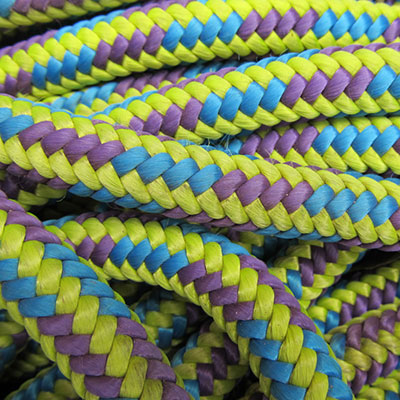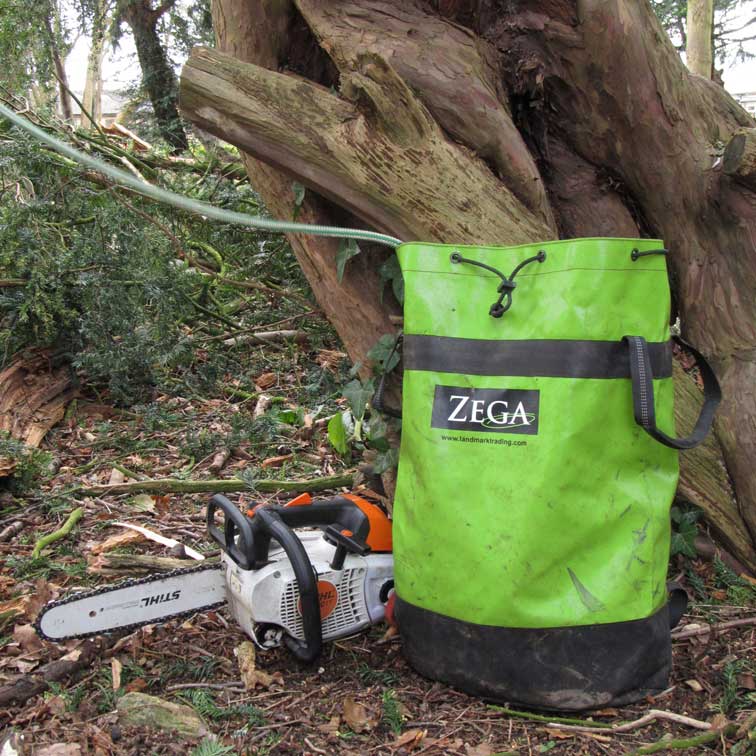
A Guide to Good Rope Care
As part of any professional’s equipment, arborist climbing ropes are a fundamental element of kit required for the daily tasks of tree surgery and pruning. As their integrity is essential to safety, it is important to know how to care for your ropes and maintain them in good working order.
In this article, I want to explore some of the fundamentals of good rope care, from proper inspection and storage to coiling and cleaning.
Rope Inspection
Inspecting ropes on a regular basis should be part of your daily routine, ensuring that they are safe and fit to use. Any signs of wear should be noted so that they can be regularly monitored; eyes should be carefully examined, and rope ends checked to make sure they are not unravelling. It is normal for a climbing rope to show signs of mild abrasion, which will cause the outer sheath to have a fuzzy texture created by small fibre breaks. If however, you notice damaged strands, excessive wear or chemical contamination, you should retire the rope immediately.
Maximising Rope Life
There are several simple things you can do (or not do in most cases) that will make sure you get the maximum life out of your rope. First and foremost, use of a Cambium Saver will significantly reduce wear and abrasion on your rope, allowing the rope to pass over the smooth surface of rings or a pulley rather than the rough bark of a branch. You should never step on your rope, as this causes the rope to wear down quickly, damaging fibres by grinding dirt into it. Never run your rope over surfaces that are dirty or have sharp edges as this can also cause fraying or damage to fibres. Fast descents should be avoided as the friction will subject the rope to very high temperatures, potentially melting the fibres. Finally, where possible alternate which end you lead with, so wear and tear is balanced across both ends of the rope. For this reason, you may wish to consider a rope with an eye each end.
Coiling and Uncoiling Rope
Doing this in the correct manner should prolong the life of your rope. There are a number of techniques for doing this, but the rope should run smoothly from the coil without twisting or becoming knotted. Some schools of thought recommend coiling ropes in figure-eight loops, others suggest folding the coil in half, or loops going in different directions. Coiling the rope on the ground in a Flemish Flake is not considered to be a good way of storing your rope.
Rope Bags
Ropes should be stored in a dark, dry place and the best way to do this is to use a good rope bag. This not only protects your rope from sunlight, dirt and abrasive materials, but also provides storage, makes it easier to transport, and protects your rope from other sharp items such as pruning saws or climbing spikes.

